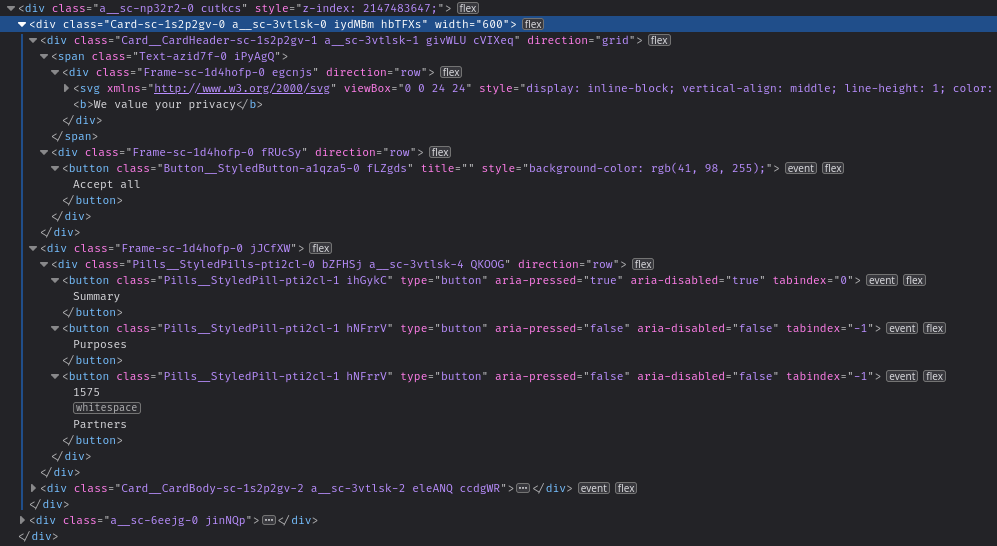

The studios! Think of the studios! Their execs couldn’t live off merch sales and shitty reboots anymore! They might even have to - gasp - develop original IP if they want to milk an exclusive license. Some other execs would make money off some of last century’s licenses! The horror! The tragedy!
That can’t be. Clearly the best thing about Indiana Jones and Jurrasic Park is the death grip the studios have on those IPs. Ever since Steamboat Willie fell into the public domain I’ve been unable to enjoy the Disney Classics. All joy has been snuffed out from my life.










I wasn’t very old then but the main thing was RAM. Fuckers in Microsoft sales/marketing made 1 GB the minimum requirement for OEMs to install Vista.
So guess what? Every OEM installed Vista with 1 GB of RAM and a 5200 RPM hard drive (the “standard” config for XP which is what most of those SKUs were meant to target). That hard drive would inevitably spend its short life thrashing because if you opened IE it would immediately start swapping. Even worse with OEM bloat, but even a clean Vista install would swap real bad under light web browsing.
It was utterly unusable. Like, everything would be unbearably slow and all you could do was (slowly) open task manager and say “yep, literally nothing running, all nonessential programs killed, only got two tabs open, still swapping like it’s the sex party of the century”.
“Fixing” those hellspawns by adding a spare DDR2 stick is a big part of how I learned to fix computer hardware. All ya had to do was chuck 30 € of RAM in there and suddenly Vista went from actually unusable to buttery smooth.
By the time the OEMs wised up to Microsoft’s bullshit, Seven was around the corner so everyone thought Seven “fixed” the performance issues. It didn’t, it’s just that 2 GB of RAM had become the bare minimum standard by then.